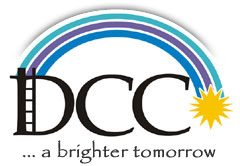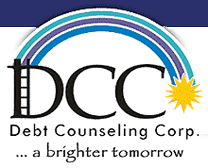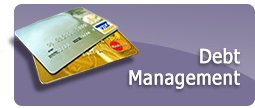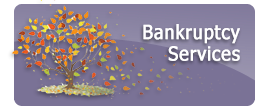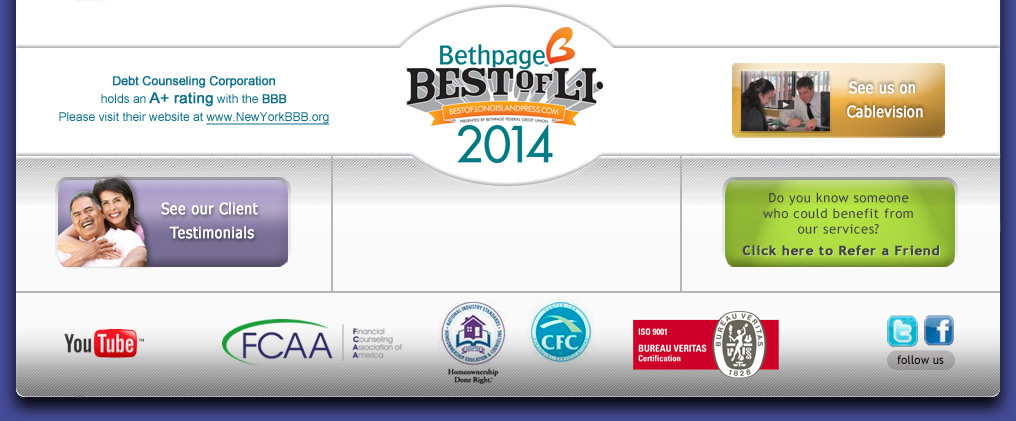APR Defined
APR stands for the Annual Percentage Rate. This is the compounded rate used to give a standard comparison of the amount of interest you are likely to pay on loans or outstanding credit card balances.
A simple way to understand APR is to think of it as how many pennies per year you will be charged for every dollar you borrow. If you borrow money at a 10% APR, that means you will be charged 10 cents for every dollar you owe, every year.
The Difference in APR’s:
|
Terms |
Card A | Card B |
| Average monthly balance |
$2,500 |
$2,500 |
| APR | x 18% | x 14% |
| Amount paid in finance Charges annually |
$450 | $350 |
Evaluate the credit cards that you currently have. Try to pay off the account with higher APR first. If you absolutely must use a credit card, use one with a lower APR.
Always make timely payments. Paying late incurs large late payment fees.
Avoid “default APR” and “cross-default APR.” In addition to charging you a late fee, most creditors will increase your APR even if only one payment is late. The higher APR is known as a “default APR” because you defaulted on your payment by being late. Other ways to default include charging over your credit limit and bouncing a check. “Cross-default APR” is a higher APR given to your account by a creditor even if you have never been late with that creditor, but you have been late with a different creditor. When you sign up for a credit card, you give the creditor the right to check your credit report, which they do periodically, sometimes quarterly. All of your creditors are reviewed, and if you are late with another creditor – even a utility in come cases – you may get an increased APR.
Monitor the different APRs each of your credit cards has for different types of transactions. Some credit cards have different APRs for different transactions.
Purchases may be calculated with one APR rate, balance transfers another, and cash advances another.
Pay attention to those very tempting introductory rates. These are known as teaser rates, because they are so low, perhaps even zero %, that you get teased or lured into signing on the dotted line. But read the fine print! Usually, even if just one payment is missed many creditors will increase your APR higher and sooner than when you thought they would.
Avoid cash advances. Cash advances usually have a much higher interest rate, and the Consumer’s payments do not go to that portion of the balance until the purchase balance is paid in full.
This is a secure website - your information will be encrypted. Click on the image below for more security information.
